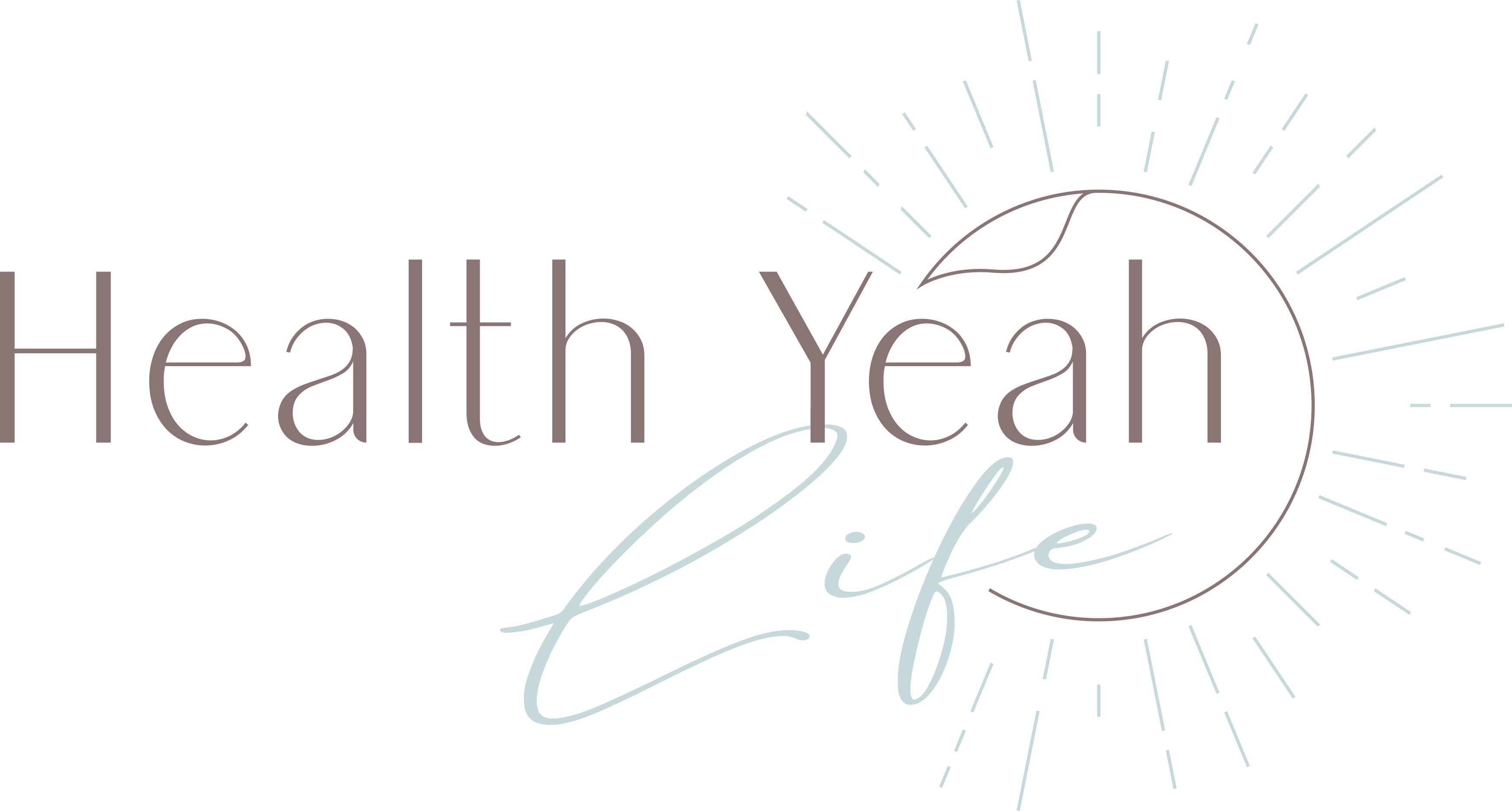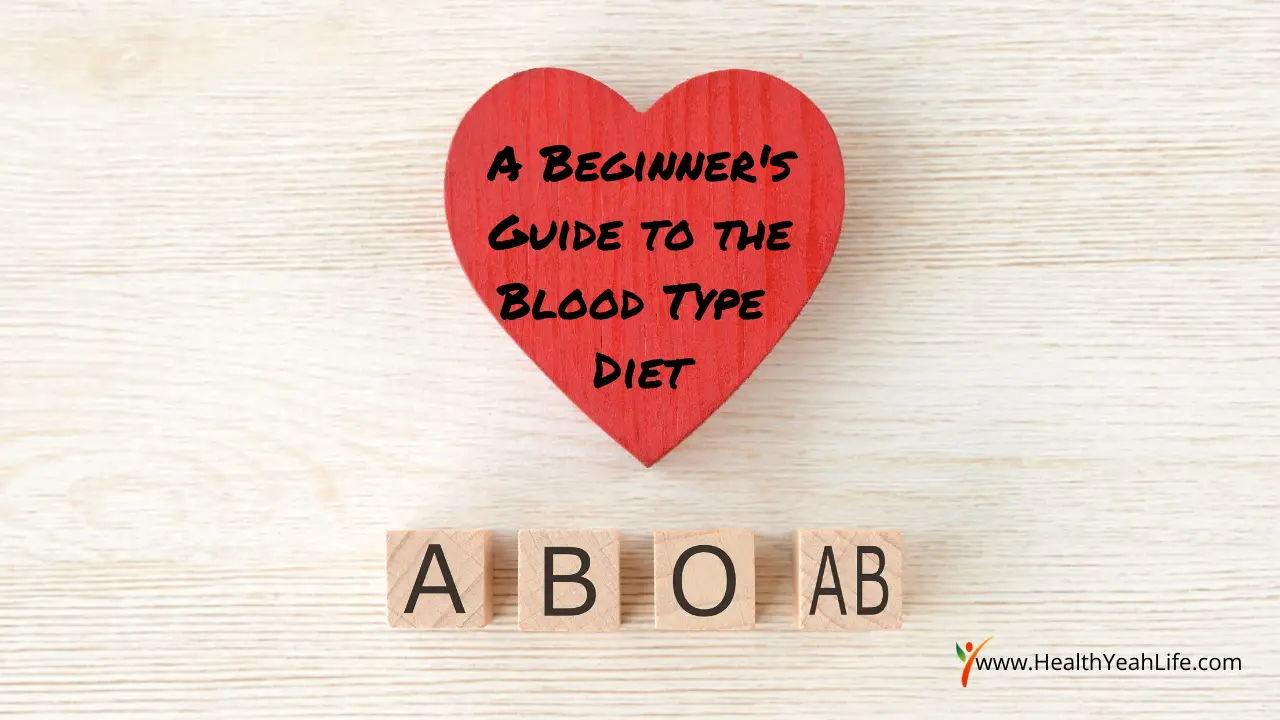
An increasing percentage of people are moving towards incorporating the ‘Flexitarian diet’ in their daily routine. The trend of the flexitarian diet is growing each passing day due to the countless benefits and health advantages this diet provides.
If you want an introduction to a flexitarian diet and how you can start moving towards it,…
this is your ultimate guide to knowing all you should as a beginner to a flexitarian diet.
What is a Flexitarian Diet?

Flexitarian is a combination of two terms, i.e., ‘flexible’ and ‘vegetarian’; or, in other words, semi-vegetarian. Now that you understand the terms, you might be wondering, how exactly does a flexitarian diet work?
A flexitarian diet is a flexible routine that lets you include small amounts of meat and dairy in your mostly-vegan routine as well. You want to acquire all the benefits of a vegetarian lifestyle, but still find yourself occasionally craving that juicy steak after a long day?
This is where going for a flexitarian diet can help you since you’re getting the best of both worlds without having to switch to vegetarian and forgo the meat entirely.
In simple terms, a flexitarian diet is where your daily routine mostly consists of vegetarian dishes. But, you can enjoy meat as well a few days per week.
Is Being a Flexitarian Healthy?

Being a flexitarian is a much healthier choice than just going for a pure meat diet or a complete vegetarian. Going for only meat in a carnivore diet can deprive your body of the essential nutrients and fiber that only vegetables can provide and simultaneously increases the risk of diseases.
On the other hand, an only-vegetarian lifestyle will once again lead to a deficiency in vitamins and proteins. The body attains these from eating meat. A flexitarian diet goes mid-way and meets both of these extremes in the center ground. As a result, you’ll be getting the benefits of eating vegetables. As well as the essentials you need from a meat diet. All in all, a flexitarian diet is one of the healthiest options you can go for. Your body will surely be thanking you for the richness you’ll be providing to it!
How Does it Work?

We’ve already established that a flexitarian diet is a vegetarian diet that includes adding meat to your diet. For starters, you need to get to your prime calorie goal per day. Which depends from person to person according to your age, weight, and height. But the ideal calorie intake is set at 1500 calories/day for an average healthy person. The next thing you’ll be doing is planning your daily vegetables and meat intake. As a beginner to a flexitarian diet, you’ll be starting with 26-28 ounces of meat per week, five days a week. However, you’ll be moving towards increasing your vegetable intake and decreasing the meat intake daily.
An intermediate can generally work with 18 ounces of meat per week. This accounts for only 3-4 days where you can eat meat. Once your body starts getting used to the diet plan, you’ll be at your maximum vegetable intake. But, simultaneously minimizing meat intake. Simply said, that you’ll be eating about 9 ounces of meat per week. Or, two days where you eat meat while the other five days count for a vegetarian diet. In other words, the core aim is to slowly let your body get used to more vegetables. Meanwhile, you will eat less meat while incorporating both meat and vegetables in your plan instead of sticking to only vegetarian.
What are the Benefits of Being a Flexitarian?

The semi-vegetarian diet of being a flexitarian gives more benefits than just a healthier alternative. You’ll be wondering why you hadn’t stepped into this diet lifestyle earlier? Here’s a list of a few benefits you’d be acquiring from shifting to a flexitarian diet:
Weight Loss
Trying to get that ideal body weight but can’t seem to get there by exercise alone? To lose weight healthily, you don’t have to stop eating entirely. Instead, you increase more problems for your body, which is why experts suggest going for a healthy diet plan instead of decreasing your food intake. Flexitarian diet helps your body lower its calorie intake without exempting it from the essential nutrients. You’ll be eating multiple times a day without accumulating additional fat.
Decrease Risk of Heart Disease
Another benefit to a flexitarian diet is that it’s a diet rich in fiber and healthy fats. These are important for your body’s health and functionality. Many individuals risk their health and fall prey to cardiovascular diseases. It is due to the increase in unhealthy fats in the body. This diet will provide you with all the right nutrients without depriving your body. As well as reducing the risk of heart disease.
Reduction in the Risk of Diabetes
Diabetes is one of the most common diseases in the world. It is known as a world epidemic. More and more percentage of people tend to go for unhealthy fats and sugars that heighten the risk of diabetes. Even in the illusion of ‘dieting,’ people add sugary foods such as soft drinks. Which turns their body’s nutrient balance upside down. A Flexitarian diet takes away the unhealthy part of your daily diet routine. It then ensures you’re getting the good nutrition and leaving behind an unhealthy life.
Lowers the Risk of Cancer
Since no permanent solution has been discovered yet for being a cure to cancer. It’s essential that you lower the risk of getting this disease. A flexitarian diet includes greens that are rich with nutrients and anti-oxidant properties. Which helps in preventing and fighting free radicals that cause cancer. You’ll be living your best life and reducing the risk of terminal cancer side by side with this semi-vegetarian lifestyle.
Flexibility in Diet
Flexitarian diet already has the word ‘flexible’ in it. You don’t have to deprive yourself entirely from the goodness of meat with this diet plan. Your body needs the greens and the meat simultaneously. So why not shift to a diet that allows both instead of going completely vegetarian? You won’t feel pressured into a vegetarian life. And, you will know your body is getting the right amount of greens as well.
Saves you money
Many might not know this, but a semi-vegetarian diet also helps you save money. Instead of buying meat for everyday meals, you’ll be getting more greens instead and, in turn, less frequently purchasing meat. In the long-term, you’ll see yourself saving valuable dollars with the occasional-meat and more-green life. The flexibility, health, and money alongside, who wouldn’t want that?
What To Eat on a Flexitarian Diet

Once you’ve decided you want to move ahead with a flexitarian diet. The next question would be, so what do I eat? You’ve more than enough options to add a variety of dishes in your meal plan with vegetables.
Here are a few:
- Proteins: Lentils, peanuts, almonds, spinach, broccoli, avocado, etc.
- Starchy Vegetables: Beans, chickpeas, potatoes, beets, parsnips, etc.
- Non-Starchy Vegetables: Artichoke, asparagus, lettuce, tomatoes, cucumbers, etc.
- Fruits: Apples, bananas, apricots, strawberries, mangoes, etc.
- Drinks: Plant-based milk alternatives, tea, coffee, etc.
Additionally, flexitarians can also add meat in their meal plans occasionally. It includes dairy products, poultry, and fish. The best option to go for is organic products or farm-grown dairy and poultry. Rather than hormone-based market products since organic tends to be more nutrient-rich.
Conclusion:
In conclusion, the flexitarian diet is one of the best diet plans you can try. It can give your body and cravings the flexibility they require while simultaneously advancing towards a healthier lifestyle. Moreover, with the variety of options in meal plans and the benefits of this diet. Why would you want to go back once you’ve stepped into the flexitarian lifestyle!?




